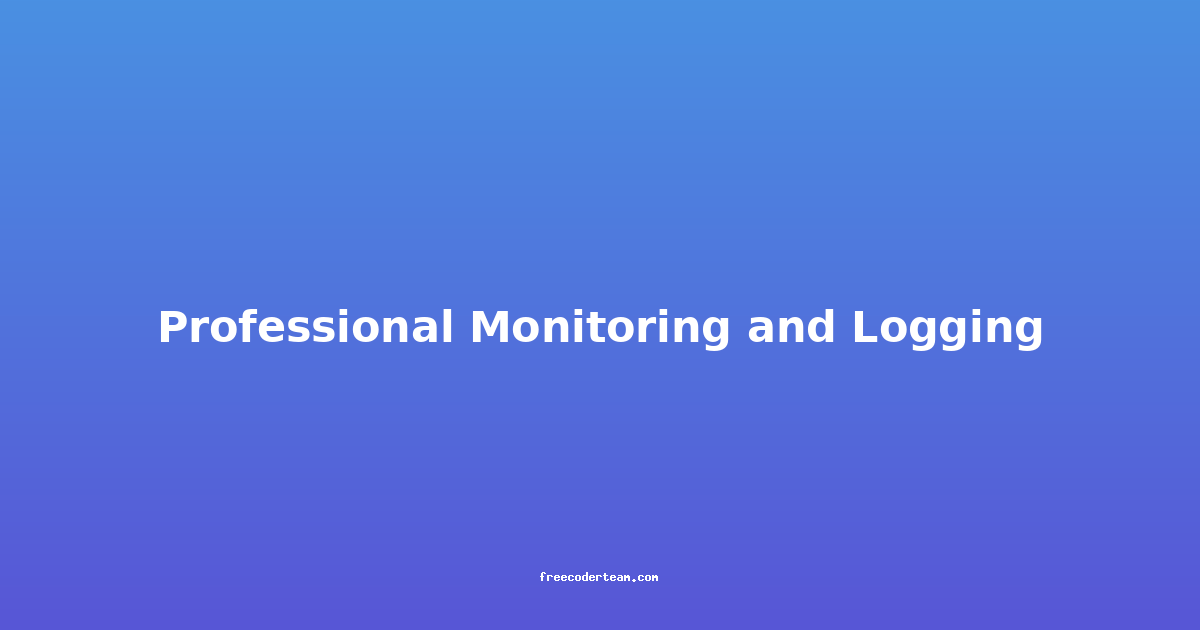Code Review Best Practices: From Scratch
Code reviews are a fundamental part of software development, serving as a critical quality control mechanism that helps improve code quality, ensure maintainability, and foster knowledge sharing within teams. However, for code reviews to be effective, they must be conducted thoughtfully and systematically. In this blog post, we’ll explore the best practices for conducting code reviews, from the ground up. We’ll cover everything from the importance of code reviews to actionable insights and practical examples.
Table of Contents
- Why Code Reviews Matter
- Setting Up a Code Review Process
- Best Practices for Reviewers
- Best Practices for Reviewees
- Tools and Technologies for Code Reviews
- Common Pitfalls to Avoid
- Conclusion
Why Code Reviews Matter
Code reviews are more than just a formality—they are a powerful tool for improving code quality, catching bugs early, and ensuring that best practices are followed. Here are some key benefits:
- Catch Bugs and Security Issues Early: Code reviews help identify potential bugs, security vulnerabilities, and performance bottlenecks before they reach production.
- Enforce Coding Standards: They ensure that code adheres to team standards and best practices, making the codebase more consistent and maintainable.
- Knowledge Sharing: Code reviews provide opportunities for team members to learn from each other, share insights, and improve their skills.
- Reduce Technical Debt: By identifying and addressing issues early, code reviews help prevent the accumulation of technical debt.
Setting Up a Code Review Process
Before diving into code reviews, it’s essential to establish a clear and consistent process. This ensures that reviews are conducted efficiently and effectively.
Key Components of a Code Review Process
- Define Clear Objectives: Clearly outline what is expected during a code review. This could include checking for adherence to coding standards, security, performance, and maintainability.
- Set Review Criteria: Establish a checklist of items to evaluate, such as:
- Code structure and readability.
- Compliance with coding standards.
- Security vulnerabilities.
- Performance optimizations.
- Documentation and comments.
- Choose the Right Tool: Use a code review tool (e.g., GitHub Pull Requests, GitLab Merge Requests, or Phabricator) to streamline the process and track changes.
- Determine Reviewer Roles: Assign reviewers based on their expertise and availability. Avoid overloading individuals with too many reviews.
- Set Timeframes: Determine how long reviewers have to provide feedback and how long the review process should take. Aim for balance—reviews should be thorough but not excessively time-consuming.
Example Workflow Using GitHub Pull Requests
Here’s a simple example of a code review workflow using GitHub Pull Requests:
- Developer Creates a Pull Request: After writing code, the developer submits a pull request (PR) and assigns reviewers.
- Reviewers Provide Feedback: Reviewers use the PR interface to comment on specific lines of code, suggest improvements, or ask questions.
- Iterative Feedback Loop: The developer addresses the feedback and pushes updated changes to the branch.
- Approval and Merge: Once all issues are resolved and the code meets the review criteria, the PR is approved and merged into the main branch.
Best Practices for Reviewers
Reviewers play a crucial role in ensuring that code reviews are constructive and effective. Here are some best practices for reviewers:
1. Focus on the Code, Not the Person
Code reviews should be about the quality of the code, not the person who wrote it. Use objective language and avoid personal criticism. For example:
- Bad: "This is terrible code."
- Good: "The current implementation could be more efficient if we used a different algorithm."
2. Be Specific and Constructive
Provide specific feedback that helps the reviewee understand how to improve the code. Use actionable suggestions. For example:
Current Code:
if (user.isAdmin() || user.isManager()) {
return true;
}
Suggested Improvement:
You could simplify this condition by combining roles into a single method, like `user.hasAccessPrivileges()`. This would make the code more maintainable.
3. Prioritize Critical Issues
Focus on critical issues first, such as security vulnerabilities or performance bottlenecks. Less critical issues, like minor formatting concerns, can be addressed later.
4. Use a Checklist
Maintain a checklist of common review points to ensure consistency. For example:
- Does the code follow the team’s coding standards?
- Are variable and function names descriptive?
- Is the code well-documented?
- Are there any potential security vulnerabilities?
5. Balance Positive and Negative Feedback
Acknowledge good practices in the code as well as areas that need improvement. This helps maintain a positive and collaborative atmosphere.
Best Practices for Reviewees
Reviewees also have responsibilities to ensure that the code review process is productive. Here are some tips for developers submitting code for review:
1. Prepare the Code
Before submitting code for review, ensure it is clean, well-documented, and follows the team’s coding standards. This reduces the number of trivial issues that need to be addressed during the review.
2. Provide Context
When submitting a pull request, include a clear description of the changes, the reason for the changes, and any challenges faced during implementation. This helps reviewers understand the context and purpose of the code.
3. Be Open to Feedback
Treat feedback as an opportunity to improve, not as criticism. Be receptive to constructive suggestions and ask questions if you are unsure about feedback.
4. Address Feedback Promptly
Respond to feedback in a timely manner. Address issues as they are raised, and make sure to communicate any decisions or trade-offs.
5. Use Reviewer Time Wisely
Avoid submitting large, unwieldy pull requests. Break changes into smaller, more manageable chunks to make reviews easier and faster.
Tools and Technologies for Code Reviews
Code review tools can significantly enhance the efficiency and effectiveness of the process. Here are some popular tools:
- GitHub Pull Requests: GitHub’s native pull request system is widely used and integrates seamlessly with development workflows.
- GitLab Merge Requests: Similar to GitHub, GitLab offers a comprehensive code review interface with rich features.
- Bitbucket Pull Requests: Suitable for teams using Bitbucket, it offers detailed code review capabilities.
- Phabricator: An open-source tool that provides advanced features like differential reviews and task tracking.
- CodeClimate: Automates code quality checks and integrates with popular version control systems.
Example: Using GitHub Pull Requests
Here’s how you can set up a pull request in GitHub:
- Create a Branch: Start by creating a new branch for your changes.
git checkout -b feature/new-feature - Push Changes: Commit your changes and push the branch to the remote repository.
git commit -m "Add new feature" git push origin feature/new-feature - Open a Pull Request: Navigate to your repository on GitHub and create a new pull request from your branch.
- Assign Reviewers: Select reviewers and provide a detailed description of the changes.
Common Pitfalls to Avoid
Even with a well-defined process, code reviews can sometimes go awry. Here are some common pitfalls to avoid:
- Overloading Reviewers: Assigning too many reviews to a single person can lead to burnout and rushed feedback.
- Ignoring Feedback: Dismissing feedback without explanation can hinder progress and demotivate reviewers.
- Lack of Consistency: Failing to follow coding standards or review criteria consistently can lead to inconsistent code quality.
- Too Many Trivial Issues: Focusing on minor, trivial issues at the expense of critical ones can make reviews less effective.
- Lack of Training: Ensuring that both reviewers and reviewees understand the expectations and process is crucial.
Conclusion
Code reviews are an essential part of modern software development. By following best practices, teams can ensure that code reviews are constructive, efficient, and effective. Whether you’re a reviewer or a reviewee, keeping the focus on collaboration, constructive feedback, and consistency will help build a culture of high-quality code and continuous improvement.
Remember, the goal of code reviews is not just to catch mistakes but to foster a learning environment where everyone grows and contributes to building better software. With the right approach and tools, code reviews can be a powerful asset to any development team.
By implementing these best practices and staying mindful of common pitfalls, your team can leverage code reviews to deliver high-quality, maintainable code while fostering a collaborative and productive development environment. Happy coding! 😊




